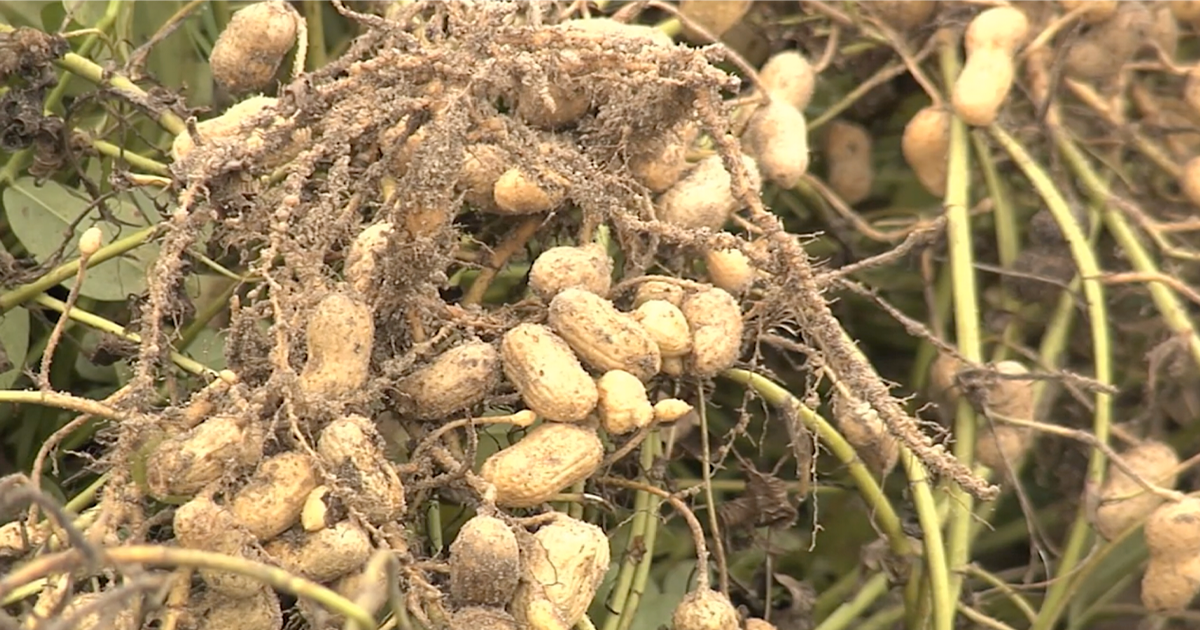Tifton, GA |
With net farm income once again projected to fall in 2024, growers around Georgia are once again facing the task with doing more with less heading into planting season. And that is especially true for two of the state’s most important crops.
“Certainly cotton margins are going to be really tight in terms of cotton. Cost of production is still high. It has come down since 2023 but it’s still high and cotton prices are down really because global demand is down for cotton and cotton products. So, the outlook is not for much growth there just because of the overall slowdown of the global economy. For peanuts, I think they just need to be careful to watch how many total acres are planted. We had a big increase in acres planted for the US last year. So, we don’t need to see a repeat in that size percentage increase,” says Amanda Smith, Extension Economist with the University of Georgia.
Despite the fact that prices for fertilizer, fuel and pesticides have leveled off, the costs of growing and harvesting crops are once again expected to reach record levels thanks in large part to an expense many don’t associate with farming.
“They’re having to pay interest rates on that operating note. The reason that interest rates are a big issue is because they’ve changed so much really rapidly. So, 2022 interest rates were probably around five percent or so. 2023, we’re looking about 8.75, 7.5 percent. There’s not going to be a change to the downside for 2024. So, interest expenses basically, are nearly doubled from one year to the next. That’s a big change when you’re talking about margins that are usually pretty thin anyways,” says Smith.
With that in mind, there is one major expense growers around the state should pay particularly close attention to when setting their budget for the upcoming season.
“One big thing that they need to be looking at this year is how much they are paying for land rent because we can see looking at the budgets and estimated costs that we are projecting, that there’s opportunities to have a positive cash flow on owned land but it might be more difficult on rented land depending on how high that cash rent is per acre,” says Smith.
So, while the outlook might not be exactly what farmers were hoping for, there are some steps they can take to help weather the storm. And it all begins with planning ahead.
“Take a look at the tools that are available for you. There’s enterprise budgets available online, a crop comparison tool that extension puts together. Take a look at that. Plug in your costs and your yields so you can have an idea of what your cost of production is per acre. Then, see if you can forward price at prices above that. So, keep an eye on the market. Be in touch with your buyers and see when you can take opportunities to make sure that you’ve got a positive margin,” says Smith.
By: Damon Jones

